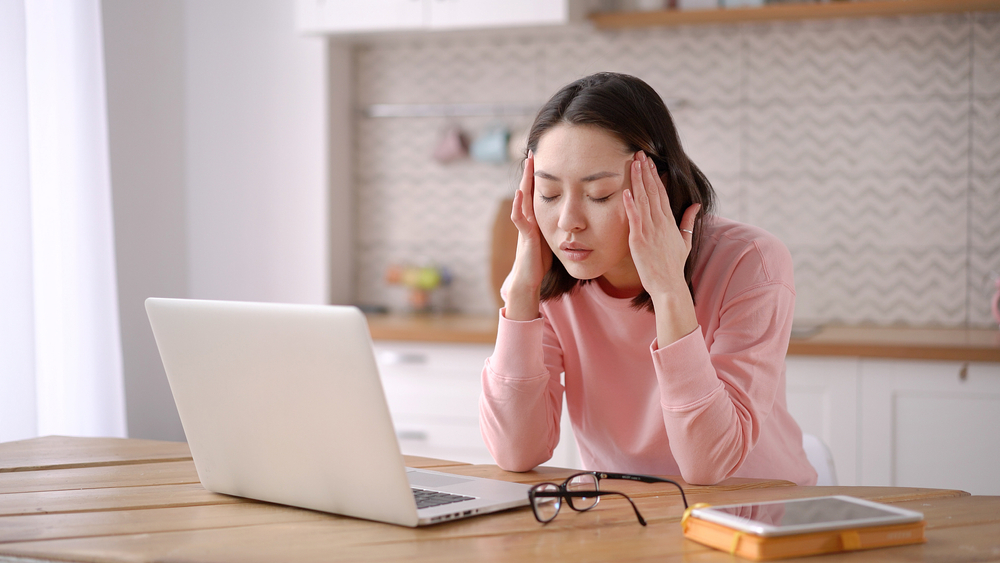
As the use of technology increases, so does our exposure to blue light. Blue light is a type of light that is emitted from digital screens of devices such as smartphones, computers, and tablets. It's part of the visible light spectrum and is considered to have the shortest wavelength and highest energy. In addition to digital screens, blue light is also emitted by the sun and artificial lights.
Blue light has its benefits; it helps to regulate our bodies' internal clock, improve mood, and increase alertness. However, overexposure to blue light can have a detrimental effect on our eye health. Understanding the concept of blue light, its effects, and how to protect our eyes from it, is vital in this digital age.
Understanding the Concept of Blue Light
Blue light is part of the visible light spectrum that can be seen by the human eye. It falls within a range of 380 and 500 nm, making it one of the shortest, highest-energy wavelengths. While the sun is the primary source of blue light, there are also many man-made, indoor sources of blue light, including fluorescent and LED lighting and flat-screen televisions.
The screens of computers, electronic notebooks, smartphones, and other digital devices emit significant amounts of blue light. The amount of HEV light these devices emit is only a fraction of that emitted by the sun. But the amount of time people spend using these devices and the proximity of these screens to the user's face have many eye doctors and other healthcare professionals concerned about possible long-term effects of blue light on eye health.
Adverse Effects of Blue Light on Eye Health
Prolonged exposure to blue light has been linked to several adverse effects on eye health. One of the most common is digital eye strain, which is characterized by dry and irritated eyes, blurred vision, eye fatigue, and headaches. These symptoms result from the high energy and short wavelength of blue light, which makes it harder for our eyes to focus.
Another potential effect of blue light is the disruption of our circadian rhythm, the body's internal clock that regulates sleep and wake cycles. Blue light suppresses the production of melatonin, the hormone responsible for inducing sleep, leading to sleep disturbances and disorders.
How to Protect Your Eyes from the Effects of Blue Light
While it's nearly impossible to avoid blue light completely, there are several steps we can take to minimize our exposure and protect our eyes. One of the most effective ways is to limit screen time, especially before bedtime, to prevent sleep disruption. Also, taking regular breaks using the "20-20-20" rule can help to reduce digital eye strain. It involves looking away from the screen every 20 minutes at something 20 feet away for 20 seconds.
Using screen filters or wearing glasses with lenses that block or filter out blue light can also help to protect the eyes. These lenses can prevent blue light from reaching the retina without affecting the visibility of the display. Adjusting screen brightness and contrast to comfortable levels can reduce eye strain and protect the eyes from excessive blue light.
Balancing Blue Light Exposure for Optimal Eye Health
While blue light is a natural part of the visible light spectrum, overexposure, particularly from digital screens, can pose threats to our eye health. By understanding the concept of blue light and how it interacts with our eyes, we can take proactive steps to protect our eyes and maintain optimal eye health. Remember, it's not about eliminating blue light completely, but rather about balancing our exposure and taking preventive measures to protect our eyes.
For more information on the impact of blue light on eye health, contact Alameda Eyes Optometry at our office in Alameda, California. Call (510) 769-2020 to discuss any questions with our team of experts or to schedule an appointment today.





